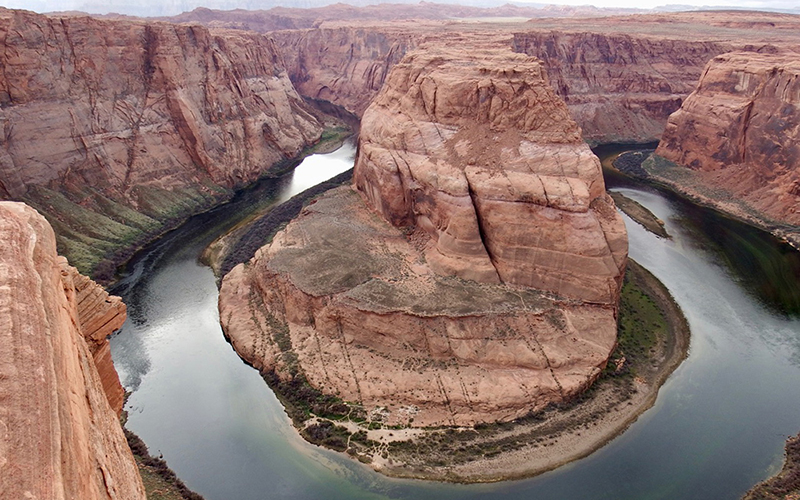PHOENIX – The board of the Central Arizona Project on Thursday voted to support draft legislation for the state’s drought contingency plan, a major water savings deal in the Colorado River Basin.
Thing is, no formal bills have been sponsored in the Legislature, which faces a Jan. 31 deadline to act.
The draft legislation, released last week by the Arizona Department of Water Resources, would enact some of the parts of Arizona’s internal drought plan:
- A joint resolution authorizing the director of the water resources department to sign the multistate and multinational drought contingency plan on behalf of the state.
- Creation of a fund for groundwater infrastructure in Pinal County. This also repurposes a groundwater pumping fee in Pinal County to use the money for groundwater infrastructure.
- Creation of a fund for water designated as “system conservation,” i.e., water that stays in the Colorado River system. This also allows the water resources department to be a fiscal agent for non-governmental organizations contributing $8 million for this kind of conservation. Gov. Doug Ducey has pledged $30 million to this fund from the state general fund.
- Allow the state Water Banking Authority to act as a middleman (and to waive a transaction fee) to exchange credits earned by storing water in one Active Management Area for storage credits earned in another AMA – a limited repeal of the WaterBUD statute, which stands for “water that cannot reasonably be used directly.” WaterBUD currently bans an entity from getting credits for storing surface water underground if it also is pumping groundwater. The limited repeal lets the utility EPCOR send surface water to a groundwater savings facility in Pinal County and accrue storage credits for that water.
- Increase the amount of long-term storage credits earned for recharging effluent in some recharge facilities. The credit amount would change from 50 percent of the recharge amount to 95 percent. These credits also could be applied toward an assured or adequate water supply designation for development. The credits also could be accrued beyond a current sunset of 2025. This is legislation Tucson wanted in exchange for making some surface water available to Pinal County if needed.
And there are other agreements that don’t need to become law; those still are being finalized.
The CAP’s support is an important step, showing momentum while the other six states in the Colorado River Basin wait on the Legislature.
“We’ve done our part to get it ready for that,” CAP General Manager Ted Cooke said.
The contingency plan is designed to last until 2026 and leave more water in Lake Mead, which has been declining at a disturbingly fast rate due to over-allocation and long-term drought. Farms in Pinal County, along with some cities and tribes, are facing stiff cuts to their supplies under plan, and Arizona’s internal plan is aimed at easing the pain.
Many stakeholders have said they can “live with” the Arizona plan to boost the lake. About 40 water leaders from various interest groups have met publicly and privately since July to hammer out the deal.
This story is part of Elemental: Covering Sustainability, a multimedia collaboration between Cronkite News, Arizona PBS, KJZZ, KPCC, Rocky Mountain PBS and PBS SoCal.
Sign up for CRONKITE DAILY to catch up on the latest news.

